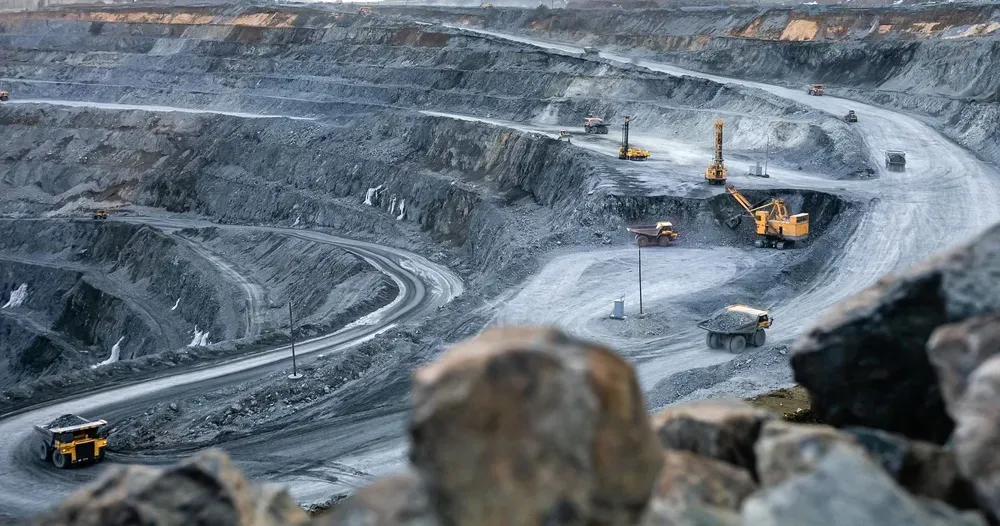Category: Less of What We Don’t Need
-

Elon Musk’s Most Alarming Power Grab
Musk first announced his intention to build a space-based internet, which he would eventually call Starlink, in January 2015. He had plans to settle Mars, then the moons of Jupiter, and maybe asteroids too. All those space colonies would have to be connected via satellite-based communication; Starlink itself might one day be adapted for this…
-

Why do CEOs and employees Not share the same workday?
For a CEO, work is often a seamless blend of decision-making, networking, and strategising—activities that can happen anywhere, from the back of a car to a five-star hotel. For their employees, however, work is defined by rigid hours, physical presence, and often mundane, repetitive tasks. While a boss may count a coffee meeting as part…
-

Common weedkiller glyphosate may be linked to liver disease epidemic, study warns
Glyphosate, the world’s most widely used herbicide, may significantly raise the risk of an increasingly common chronic liver disease—even at low exposure levels, according to a new review of more than 40 scientific studies published over the past 17 years. It found a growing body of research links exposure to glyphosate (GLY)—and the commercial herbicides…
-

FDA layoffs will hamper efforts to cut antimicrobial overuse in farm animals
The Food And Drug Administration has laid off more than 140 employees including veterinarians, some of who work on tackling antimicrobial resistance. Efforts to curb the use of antimicrobials in farm animals and stem resistance to crucial antimicrobial medicines are at risk after layoffs at the United States Food and Drug Administration’s Center for Veterinary…
-

Ecological Civilization: An emerging paradigm in China
A larger question, for building an ecological civilization is: “Do we want the future of the Earth to be simply sustainable or genuinely flourishing?”
-

Blocking mobile phone internet for two weeks may boost mood, mental health, and attention
Blocking the internet on your smartphone for just two weeks can lead to better mood and mental health—and may significantly improve your attention span, even making you feel as if you’re 10 years younger, new research suggests. Those effects continue even after internet access is restored.
-

Plastics may disrupt the body’s clock, raise risk of chronic disease, study finds
Chemicals found in common food packaging plastics like cling film and snack pouches may interfere with the body’s natural 24-hour sleep-wake cycle, increasing the risk of sleep disorders, diabetes, immune problems, and even cancer, new research shows. Published this month in Environment International, the study from the Norwegian University of Science and Technology is the…
-

Public Schools Build Connections in Rural Communities. Vouchers Tear Them Down.
Rural communities depend on strong connections between neighbors, local businesses, nonprofits and local government. Public schools are the glue that holds these connections together. However, instead of investing in our students’ futures by fully and fairly funding the public schools that more than 90% of rural students attend, a national movement to privatize education through…
-

In Red States, Rural Voters Are Leading the Resistance to School Vouchers
Convincing rural voters to walk away from public schools could be a greater obstacle than expected for the GOP. Traditional voucher programs allow parents to spend public funds on private schooling. Education savings accounts, meanwhile, function more like an education debit card loaded with tax dollars, which parents can use on a variety of education-related…
-

The Plunder of Ukraine: A Story of Debt, Greed, and Betrayal
Article shows how Ukraine is being incorporated by US and European countries into the established global economic system, supposedly in exchange for help in defending Ukraine against Russia. Written before Trump threw his recent tantrum–so Ukraine did not sign the “suggested” agreement–it shows the overall game plan of neocolonialism in this case. [NOTE by Editor:…










